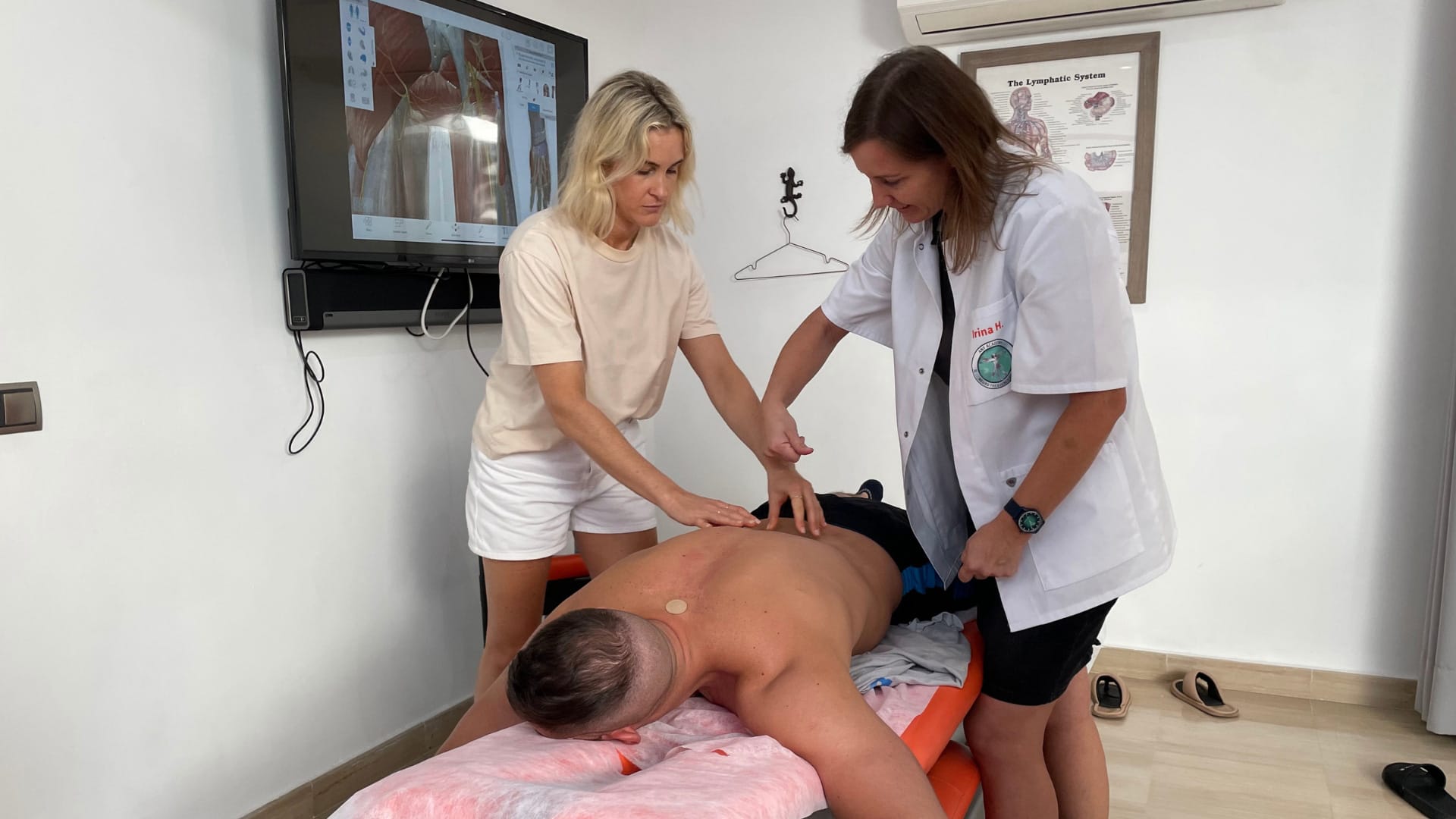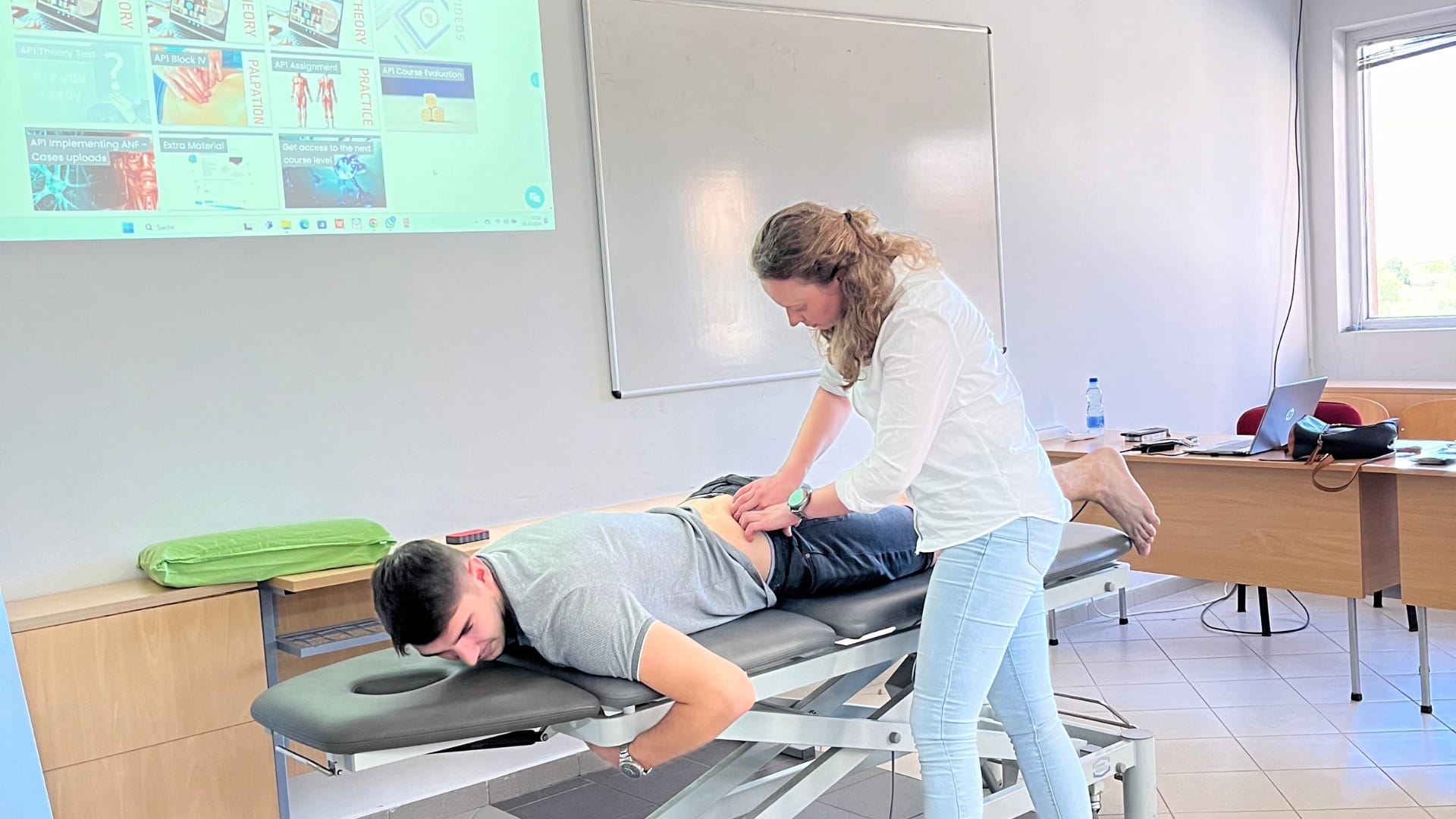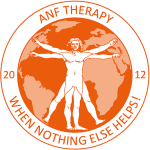When you think of a urinary tract infection (UTI), symptoms like frequent urination, burning sensation while urinating, and pelvic pain come to your mind. However, not all UTIs show these obvious signs.
Some UTIs are “silent”, meaning they don’t show the usual signs. They often go unnoticed for a long time, leading to more severe problems if left untreated. So, how can you detect something when it remains asymptomatic? Don’t worry! Let’s discover some subtle symptoms of a silent UTI that you should be aware of and how ANF Therapy®️ (the newest treatment for urinary tract infection) treats UTI.
Symptoms of silent UTI
Silent UTI, also known as asymptomatic bacteriuria, is an infection in the urinary tract affecting approximately 15% of people aged 65-80, with a higher prevalence in women. Unlike typical UTIs, which come with painful symptoms, silent UTIs develop quietly and are often overlooked.
However, there are still subtle signs that can point to a silent UTI. Here are some key symptoms to watch for:
Fatigue
One of the most common symptoms of silent UTI is fatigue. Although you might not have visible symptoms, your body is fighting off infection, which can leave you drained. Some often mistake this for ageing or general wear and tear, especially in older adults.
Back pain
Back pain, particularly in the lower back near the kidneys, can also be a subtle indicator of a silent UTI. This discomfort occurs when the infection spreads upward from the bladder to the kidneys. While not always intense, this pain may be persistent and often mistaken for muscle strain or general aches, especially in older adults.
Fever
A low-grade fever or occasional chills can indicate infection, especially when no other clear disease causes exist. High fever is a common symptom of kidney infections, so a slight, unexplained increase in body temperature could signal a silent UTI.
Nausea
Though not severe, general feelings of nausea or stomach discomfort may also indicate a hidden UTI. The infection can sometimes cause systemic inflammation, leading to digestive issues.
Loss of appetite
The infection can also affect your body’s overall function, including your digestive system. That’s why it leads to reduced appetite or a complete loss of interest in food, indicating a silent UTI.
Behavior change
In older adults or those with dementia, sudden behaviour changes might indicate a silent UTI. These shifts are often mistaken for age-related issues but may indicate an underlying infection. Common behavioural changes include:
- Increased confusion
- Irritability or mood swings
- Aggression
- Hallucinations or delusions
- Paranoia
- Sleep disturbances
- Refusal to eat
Confusion or forgetfulness
Sudden or increased disorientation, forgetfulness, or difficulty concentrating could be tied to a silent UTI. This confusion is often mistaken for dementia or normal ageing, but in many cases, it’s a sign of an underlying infection. In older adults, increased confusion may be the only visible symptom of a UTI.
Shakiness
Feeling weak or shaky without an obvious cause may indicate a silent UTI. This shakiness may result from your body’s immune response to the infection. This sign can be easily missed because silent UTIs often don’t have typical symptoms like pain or burning.
Cloudy or bloody urine
Changes in urine appearance can also signal a silent UTI. If your urine appears cloudy, darker than usual or contains traces of blood, it may indicate an infection in the urinary tract. Although these changes are not always accompanied by pain, they are clear signs that something is wrong.
Abdominal cramping or pressure
Silent UTIs can also cause mild abdominal cramping or a feeling of pressure in the bladder or lower abdomen. This discomfort may be dismissed as a digestive issue or general bloating, but it can be a sign of an infection. The cramping is not as intense as a typical UTI but may persist over time, indicating that the infection affects the bladder.
High blood sugar
People with diabetes can also experience increased blood sugar levels when an infection, like a silent UTI, stresses the body. If you notice unexpected spikes in your blood sugar that don’t respond to standard treatments, consider the possibility of a silent UTI, especially if you have other symptoms.
If you have these symptoms, consult an ANF Therapist to treat urinary tract infections with frequency therapy – ANF Therapy®️.
Treatment of urinary tract infection with ANF Therapy®️:
ANF Therapy®️ is the newest treatment for urinary tract infections. It utilises small wearable ANF Devices with 3M antibacterial adhesive tape that are applied on the affected parts of your body. These devices use specific frequencies to activate the natural healing process in your body. Before starting the treatment protocol, your ANF therapist will take a history and perform a physical examination to confirm the diagnosis. This includes:
History:
During the history, they will ask about your symptoms, lifestyle, previous treatment, history of any other medical illness, and overall health.
Physical examination:
During physical examination, they will inspect your lower abdomen for abnormalities and then palpate for warmth and tenderness, especially in your lower abdomen, lower back, groin, and lymphatic system.
Application of ANF Devices:
After taking a history and performing a physical examination, your ANF Therapist will develop a treatment protocol based on your symptoms and the severity of the disease.
These devices aim to activate your immune system to support your natural defence system against infections. The anti-inflammatory devices are applied to the affected areas, such as the suprapubic, lumbar, and lymph nodes. These devices aim to reduce inflammation and alleviate your symptoms. Your ANF Therapist will also apply devices on your kidney and bladder to enhance their function and promote detoxification.
Hydration is also very important in managing UTI symptoms because it helps flush out harmful bacteria. Cranberry juice is also important because it prevents bacteria from attaching to the urinary tract.
Expected outcome:
Most patients feel quick relief within 10-60 minutes after applying ANF Devices. ANF Therapy®️ aims to relieve 50% of pain after the first session. The treatment outcome varies from person to person, depending on the underlying cause and severity of the disease.
Follow-up:
After 72 hours, you will need to change ANF Devices. Your therapist will create a personalised treatment plan for you and educate you about these changes. They will also guide you through the total sessions required to treat your urinary tract infection completely.
Start your journey with ANF Therapy®️:
ANF Therapy®️ is the newest therapy for managing urinary tract infections. If you have a urinary tract infection, consult an ANF Practitioner or find an ANF Therapist to start your treatment with ANF Therapy®️ today!
If you’re a healthcare practitioner and want to enhance your clinical skills with frequency medicine, learn more about the ANF Therapy®️ and ANF Clinical education program by visiting www.anfacademy.com











